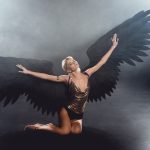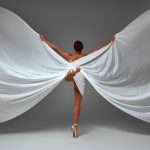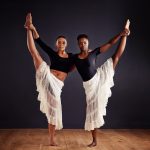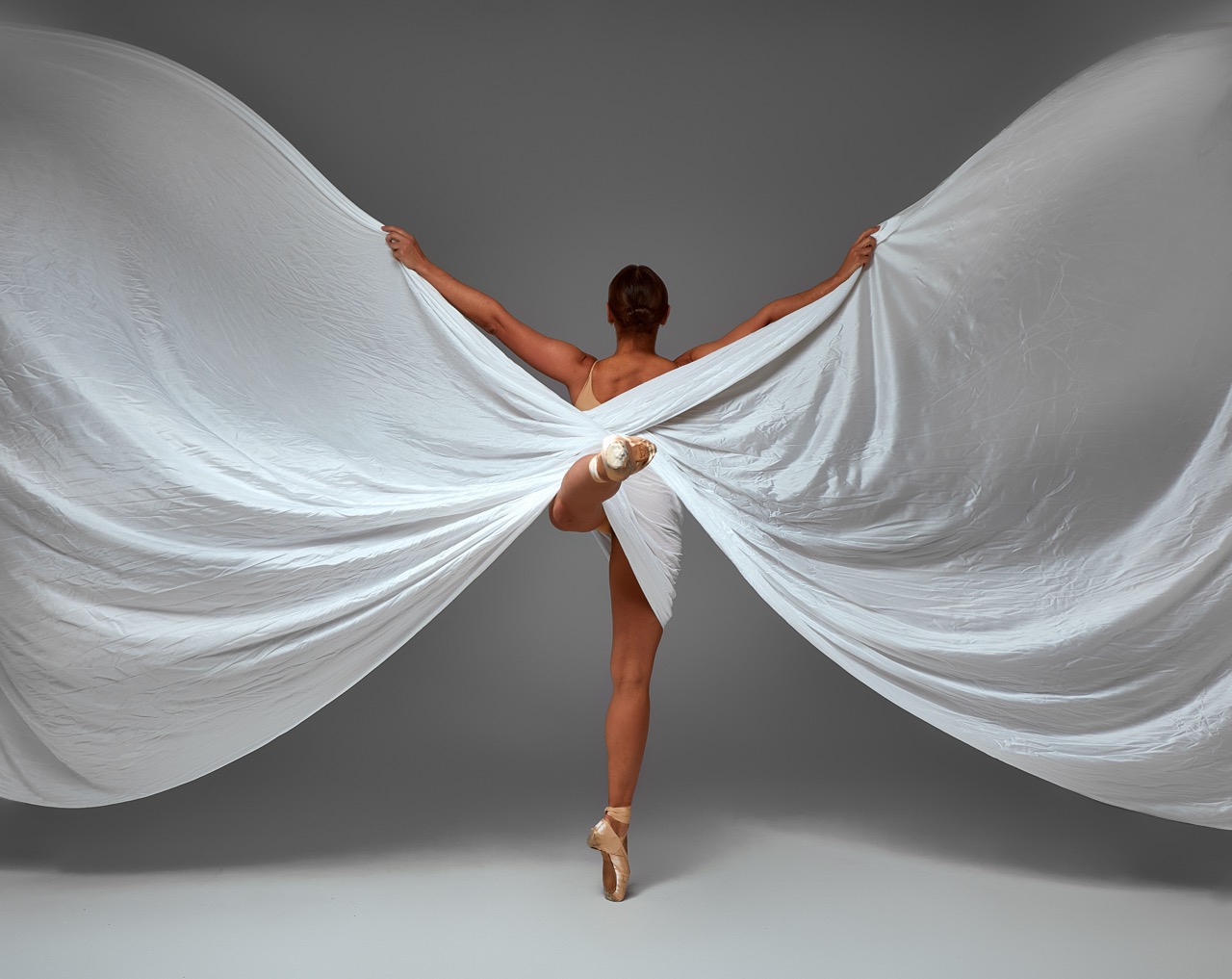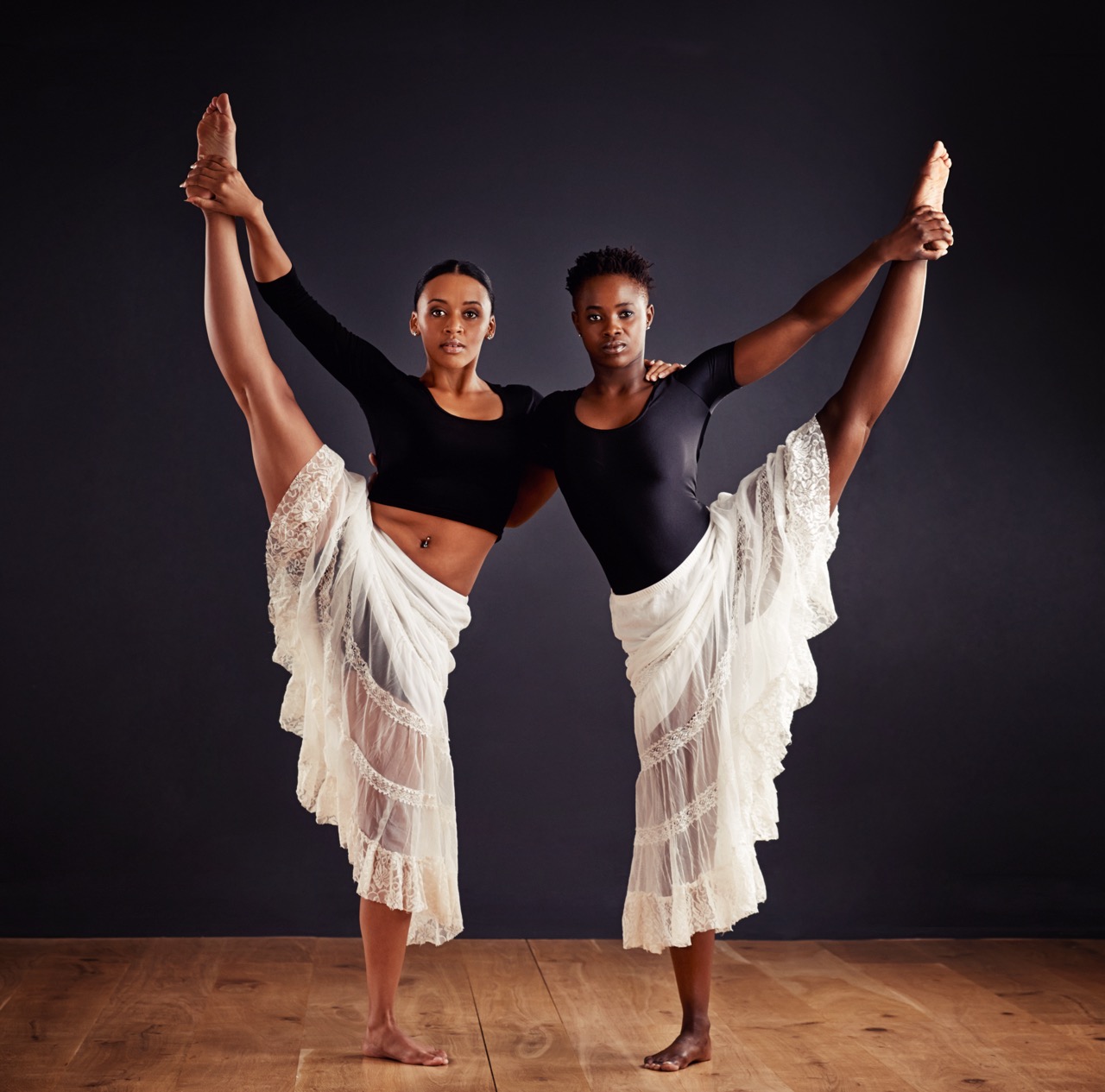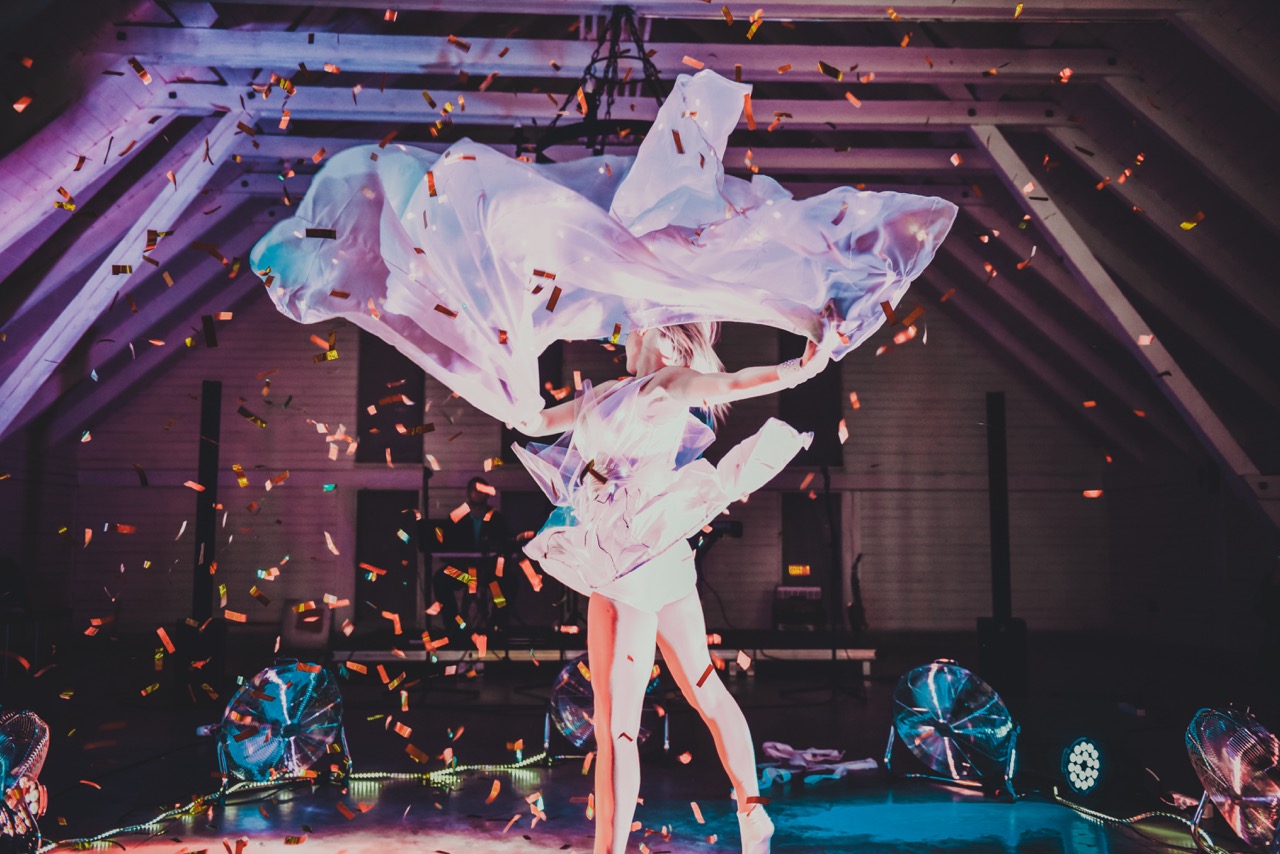The world of dance is an enchanting realm where movement, expression, and artistry converge to tell stories that words often cannot. Among the many forms of dance, the use of wings in solo performances offers a unique opportunity to not only enhance visual appeal but also to elevate the emotional and narrative depth of a piece. Whether you are a seasoned dancer or a novice looking to explore new avenues of expression, mastering the use of wings can transform your solo performance into a captivating spectacle. This article will guide you through the art of winged dance, from selecting the right wings to mastering movement techniques and captivating your audience.
The Art of Winged Dance: Elevate Your Solo Performance
Incorporating wings into your solo dance performance can add an element of grandeur and whimsy that captivates audiences. Wings can symbolize various themes such as freedom, transformation, or even the ethereal qualities of nature. They allow dancers to create a visual narrative that transcends traditional movement, transforming physical space into a canvas of artistry. By embracing the dynamic interplay between the dancer and the wings, performers can evoke a range of emotions, captivating their audience from the first flutter to the final pose.
A well-executed winged dance isn’t merely about the visual spectacle; it requires a deep connection between the dancer and the wings. This connection can express the essence of flight, freedom, and grace, allowing dancers to embody their chosen theme profoundly. Through thoughtful choreography and a strong sense of musicality, wings can enhance the rhythm and flow of a performance, creating a harmonious blend of visual and auditory artistry. The moment wings unfurl against the backdrop of a carefully chosen piece of music, the performance transforms into a multidimensional experience.
As you prepare for your solo performance, take a moment to envision how wings can serve your artistic intentions. Consider the story you wish to convey and how the addition of wings can amplify that narrative. Whether your theme is inspired by mythology, nature, or personal growth, the integration of wings will allow you to explore new dimensions of creativity, ensuring that your performance remains memorable and impactful.
Choosing the Right Wings: Size, Style, and Fabric Matters
When selecting wings for your solo performance, the first consideration should be their size. Larger wings can create a dramatic effect, making the dancer appear larger than life, while smaller, more understated wings may evoke subtler emotions. Consider the space in which you will perform; larger wings may be more suited for expansive stages, whereas smaller wings can work beautifully in intimate settings. Moreover, the dimensions of the wings should complement your movements, allowing for a seamless integration of dance and prop.
The style of wings you choose can significantly influence the tone of your performance. From feathered angelic wings to butterfly-inspired designs, each style brings its own unique aesthetic. Consider how the visual narrative of your dance aligns with the chosen wing style. For instance, flowing fabric wings can create an ethereal quality, while structured wings might suggest strength and stability. Your choice should reflect the emotions you wish to convey and the story you aim to tell through your dance.
Fabric is another crucial element in wing selection. Lightweight, sheer materials can enhance the sense of movement, allowing for fluidity and grace as they catch the light and flow with your body. Conversely, sturdier fabrics can provide structure and a sense of weight, which may be beneficial for certain types of choreography. When selecting wings, always consider how the fabric will interact with your movements, ensuring that it complements rather than hinders your performance.
Mastering Movement: Techniques for Wing Manipulation
To fully harness the potential of wings in your dance, mastering manipulation techniques is essential. Begin by familiarizing yourself with the weight and balance of the wings, practicing how they move with your body. Understanding the physics of wing movement will allow you to incorporate them seamlessly into your choreography, creating a visual flow that captivates the audience. Focus on coordinating your movements with the wings; every extension, twirl, and flutter should feel organic and deliberate.
A key technique in wing manipulation is learning how to control the space around you. As you dance, think about how the wings can interact with your environment—whether it’s grazing the floor, brushing against your body, or creating a sense of depth by moving in and out of the audience’s sight. Use the wings to create lines and angles that enhance your dance, drawing the audience’s gaze to specific moments and highlights within the choreography. Practice different movement combinations to find what feels most natural and visually appealing.
Finally, consider the rhythm of your movements in relation to the music. Synchronizing wing movements with musical beats can elevate the performance, as wings can accentuate crescendos, pauses, and shifts in tempo. Experiment with different styles of music to determine which best suits your choice of wings and the story you want to tell. By mastering these techniques, you will not only enhance your control over the wings but also deepen the emotional connection between your movements and the audience.
Captivating Your Audience: Expressive Dance with Wings
To truly captivate your audience, it is essential to infuse your performance with genuine emotion and expressiveness. Your wings can serve as extensions of your personality and the story you are telling. As you dance, allow the wings to reflect your emotional state—whether it’s joy, sorrow, or freedom. This authenticity resonates with viewers, drawing them into your performance and creating a shared experience that lingers long after the final bow.
Engagement with the audience is also critical in a winged dance performance. Use your wings to create moments of connection—turn towards your audience, invite them into your world, and allow your wings to act as a bridge between performer and observer. By making eye contact and using your wings to create shapes and movements that draw the audience’s gaze, you will create a more immersive experience. The audience should feel as though they are part of the dance, sharing in the emotions and narratives being expressed.
Moreover, don’t forget to incorporate pauses and stillness in your performance. Sometimes, the most powerful moments are those where the dancer becomes a statue, with wings spread wide, allowing the audience to absorb the visual beauty and emotional weight of the scene. Use these moments to create anticipation and enhance the overall impact of your performance. By marrying movement, emotion, and audience engagement, you will create a truly captivating solo dance performance that leaves a lasting impression.
Incorporating wings into your solo dance performance is a transformative journey that blends artistry with technical skill. As you explore the nuances of winged dance, remember to choose the right wings for your theme, master the techniques of movement, and connect with your audience through expressive storytelling. With practice and dedication, your performance will not only showcase your individual talent but also enchant and inspire those who watch. Embrace the beauty and grace of winged dance, and let your creativity soar to new heights.
